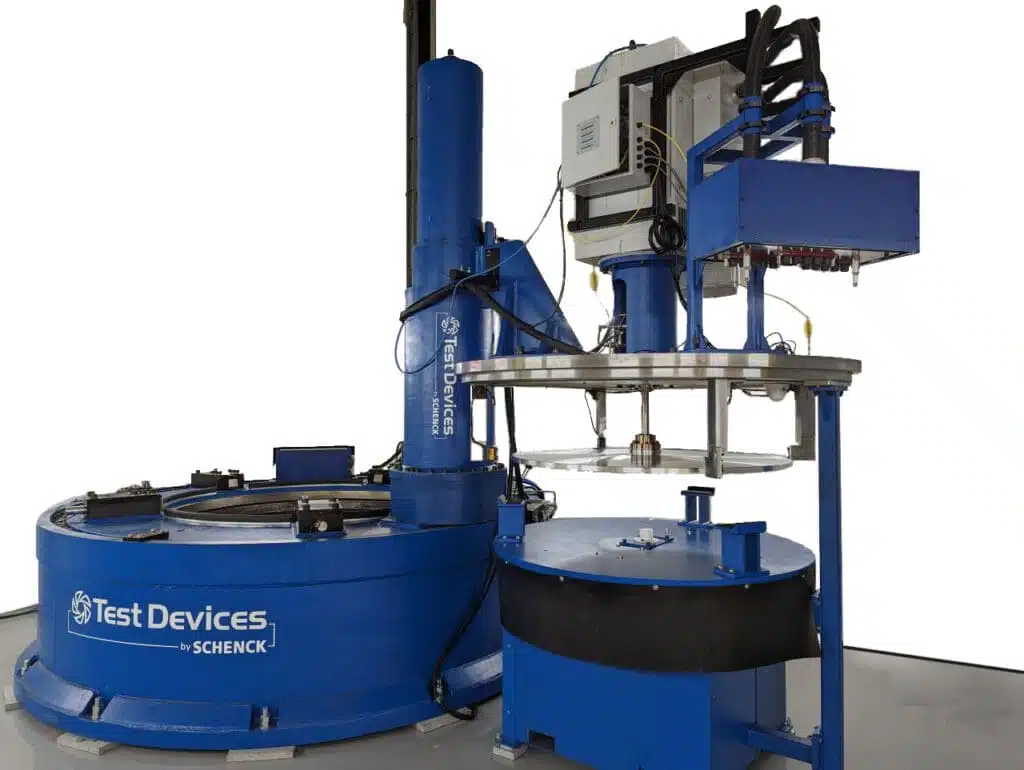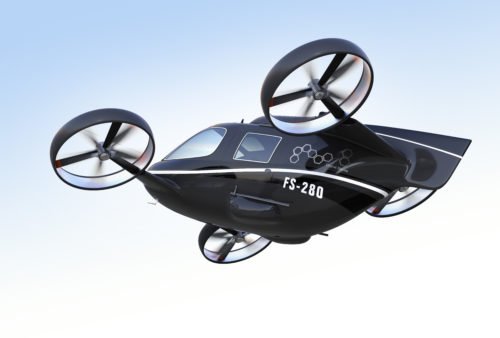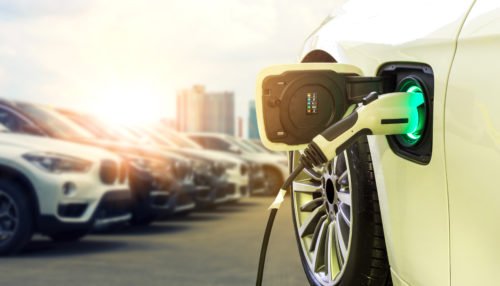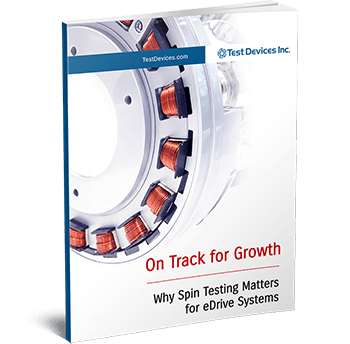Testing for eMotors: A Case Study

EV Case Study
A prominent automotive OEM client approached SCHENCK to test a new rotor design for an EV drive system. The team at Test Devices by SCHENCK designed and performed a spin test to evaluate the at-speed behavior of the rotor in its operating environment (including temperature).
The data collected in-situ during the spin test, as well as the pre- and post-test precision unbalance measurements revealed unexpected structural instability that would have otherwise compromised the quality and performance of the client’s end product.
The experts at SCHENCK and Test Devices worked with the client to thoroughly analyze the data and identify any potential root causes. Doing so allowed us to alleviate the issue and improve the overall rotor design.
E-Propulsion Case Study
A leading aero-propulsion OEM client has been working with Test Devices by SCHENCK to test a rotor for a new eVTOL propulsion system. We have spin tested several prototypes to identify the at-speed behaviors of each rotor under its operating conditions.
During the spin testing process, we measure the change in the rotor outer diameter (OD), or inner diameter (ID) if accessible. Using this data, we can determine the average growth or create a growth map as a circumferential deformation profile (expansion measurement). The former helps us understand the bulk material behavior of the rotor, and the latter provides a visualization of the deformation shape at speed.
We measured the rotor deformation shape with SCHENCK’s Rotor Expansion Measurement System (REMS). Analyzing this data allowed us to identify undesirable inter-part interactions that required modification prior to finalizing the design for production release. By detecting design and manufacturing flaws at the prototype stage, we were able to help the customer avoid expensive and painful in-field issues.
Contact Test Devices for Spin Testing Services
Test Devices by SCHENCK has extensive experience performing various spin tests for electric vehicles, eVTOLs, ePropulsion, eDrive and eMobility applications. From our state-of-the-art facility in Hudson, Massachusetts, we offer industry-leading spin testing equipment and services for clients around the world.
Our expert team is dedicated to providing superior-quality products and services that meet or exceed customer requirements. We achieve this through ISO 9001 and AS9100 certification, process and product innovation, and continuous improvement of our quality management system.
For more information about our spin testing capabilities for eMotors, contact us or request a quote today.



 To combat the global warming, electrifying the cars and airplanes are not enough. We must think of a way to make the whole energy supply chain green. Starting from how we generate fuel (or energy), transport and distribute it, and eventually how the byproduct of the fuel impacts the environment – the new greener supply chain must be a sustainable close-looped cycle.
To combat the global warming, electrifying the cars and airplanes are not enough. We must think of a way to make the whole energy supply chain green. Starting from how we generate fuel (or energy), transport and distribute it, and eventually how the byproduct of the fuel impacts the environment – the new greener supply chain must be a sustainable close-looped cycle.

 >”/>
>”/>